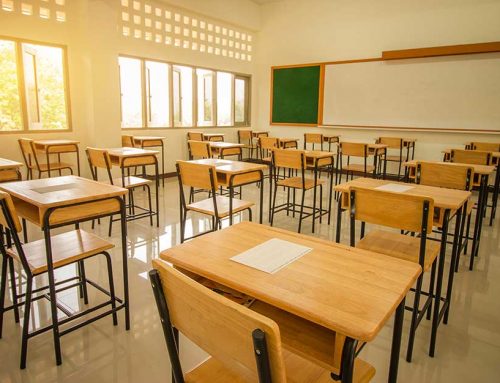“In today’s rush we all think too much, seek too much, want too much and forget about the joy of just Being.” – Eckhart Tolle
Why do I need mindfulness? No, this wasn’t a question asked by my student in the class. It was the question that I got in my mind when I first heard of my school organizing a workshop on mindfulness for its teachers. I couldn’t figure out how taking time out of my busy schedule for just “being present” in the workshop would help me rather it would disturb my work routine – my activity worksheets for the class would still be waiting to be marked; my lesson plans wouldn’t plan or write themselves, and I am sure, no one would prepare differentiated worksheets for me.
I know that a teacher should know the concept – subject area – to be able to teach interestingly and confidentially. To give a pleasant and wholesome classroom delivery, a teacher should be emotionally balanced, matured and at the same time, sensitive and empathetic. This was the reason why I decided to commit myself to the mindfulness workshop. I was right that mindfulness didn’t do my worksheets for me, but it started helping me finish my tasks more efficiently.
I felt more confident and peaceful, and excited to share this with my class. Recent research shows that children who attend a 2-5-minute daily activity on mindfulness enjoy multiple benefits. It helps children reduce anxiety and stress, in problem solving and decision making. It increases concentration, improves social skills and sleep. In a class, it helps students to stay calm and focussed with utmost concentration.
Instead of explaining all these to my students, in fact, without giving even an introduction, I dug right into it – ‘5 finger starfish meditation’ an activity in which my students were required to hold their right fist tight and then open the fist by stretching out their fingers like a starfish. Then they have to trace over the outline of the fingers with the index finger of the other hand, starting from the thumb. While doing this, they must follow a breathing pattern – breathing in while the index finger is sliding up and breathing out while it is sliding down.
My students practiced this activity twice, following the breathing pattern and reflected on the same when the session ended. They explored how it made them more alert yet calm. They decided to try and practice it at home with their parents!
As my 4th grader rightly said, “Mindfulness helps us do our task accurately or as expected without any distraction. It helps us keep our body and mind active.”






Leave A Comment